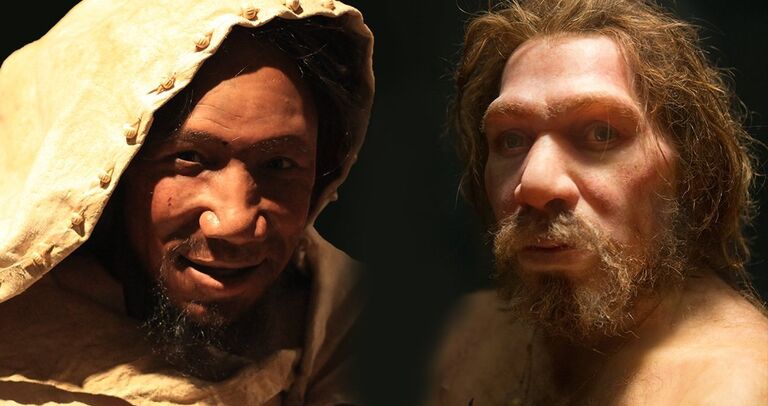Scientists Say They’ve Pinpointed The Place Where Every Human Came From
A massive lake glistens beneath the sun, cutting a clear expanse across an otherwise lush wetland, some 200,000 years ago. Here, a new species – Homo sapiens – has gathered. These modern humans have evolved from their Neanderthal ancestors, and humankind has at last started its reign. Yet scientists have just now pinpointed the surprising place where it all began.
Tracking the code
In fact, geneticist Vanessa Hayes of the Garvan Institute of Medical Research in Sydney led a study that used specific scientific data to pinpoint this exact verdant locale. In particular, Hayes and her expert team had to rely on mitochondrial DNA, which they had gathered from the cells of 1,217 samples. This circular genetic material passes from mothers to their children, so the researchers naturally had to find a population with a maternal line that stretched far into the past.
DNA samples
With the right DNA information gathered and analyzed, then, the research team highlighted a general area of origin. And after that came further archaeological and geological research that in turn helped Hayes and co to find something spectacular: evidence of a massive, ancient lake that broke down into wetlands. Its lush greenery was the backdrop for the first humans to walk the Earth, they say, and its modern-day location may just surprise you.
African origins
Experts have, of course, long believed that humankind traced all the way back to the African continent. But mapping evolutions and migrations has been a difficult task, to say the least. It was about seven million years ago when human beings began to evolve, after all, splitting off from primates such as the chimpanzee and the bonobo.
Missing links
So it’s virtually impossible to find every link between modern humans and early humans, since scientists simply don’t have enough fossil records to achieve this. In fact, entire species may have come and gone without leaving a trace for experts to uncover today. That’s why, in some cases, there are only bits and pieces of evidence to work with.

